WHAT YOU NEED TO KNOW: The TaylorMade Qi10 family of drivers, the third generation to feature a face made of carbon composite, further unlock the lightweight material’s potential. Now with more of the crown, sole and face made of carbon composite, the saved weight on these new versions is creating more forgiveness on all three models, including the highest combined moment of inertia (stability on off-centre hits) in company history on the Qi10 Max. The structure creates more freedom to position more mass where it can do the most good for the targeted player group, whether that be more perimeter weighting, more movable weight or a lower centre of gravity for higher launch and distance-boosting lower spin.
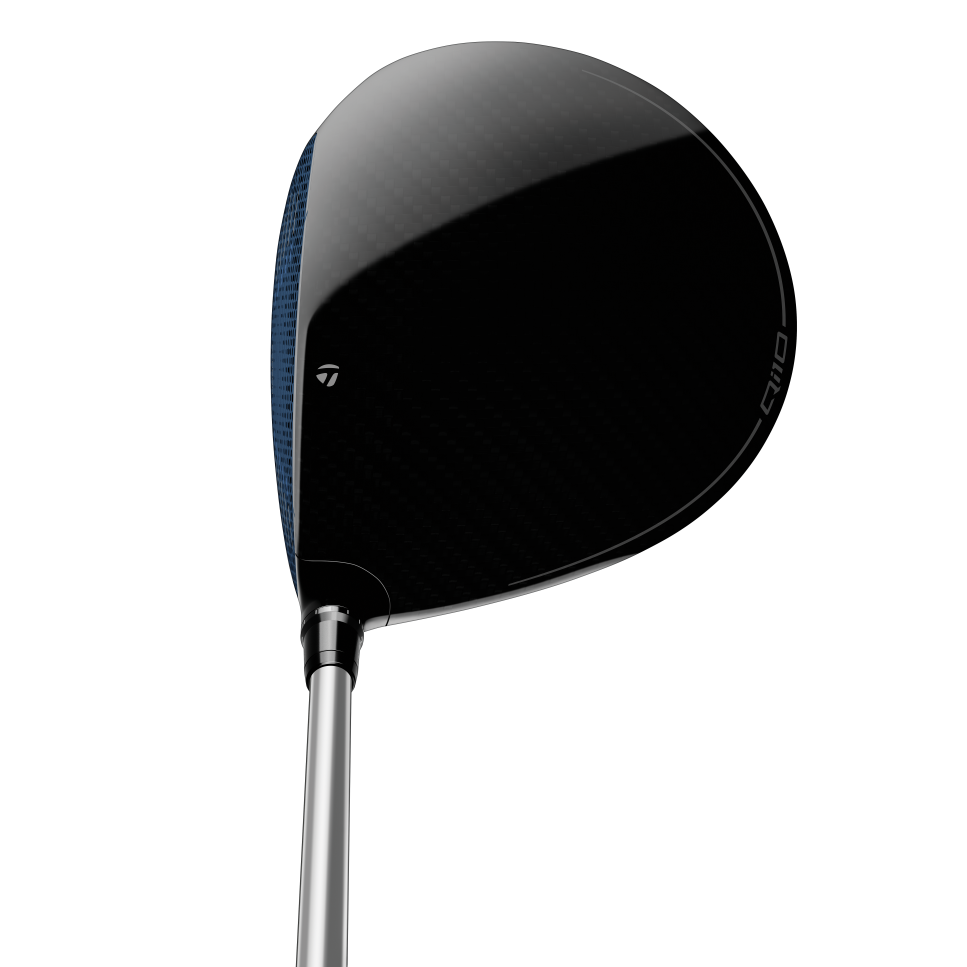
Qi10 Max
PRICE: $1,119 for Qi10 LS (8, 9, 10.5 degrees, with 12-way adjustable hosel). $1,019 for Qi10 and Qi10 Max (9, 10.5, 12 degrees, with 12-way adjustable hosel). Available for pre-order from today, and in stores from February 2.
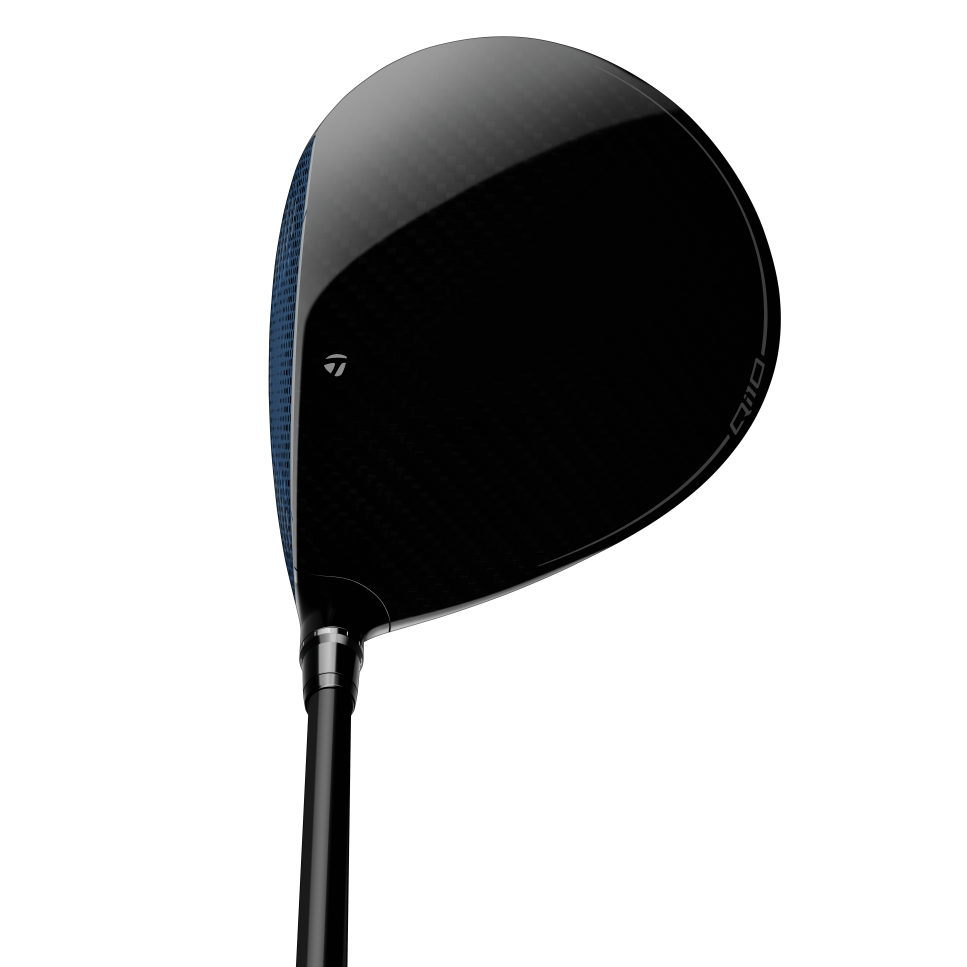
Qi10
3 COOL THINGS
1. Forgiveness first. It’s not that making a face out of carbon composite produces a driver that’s hotter than one with a titanium face. Quite simply, the rules prevent that. No, what TaylorMade’s engineers have been trying to do – the new door they are trying to open – is removing mass from the face by making it out of a much lighter substance and then redistributing that mass to serve particular ends. The Qi10 family of drivers is the clearest example of that initiative to bring more forgiveness without having to compromise so much on other aspects like shape or aerodynamics or centre of gravity.
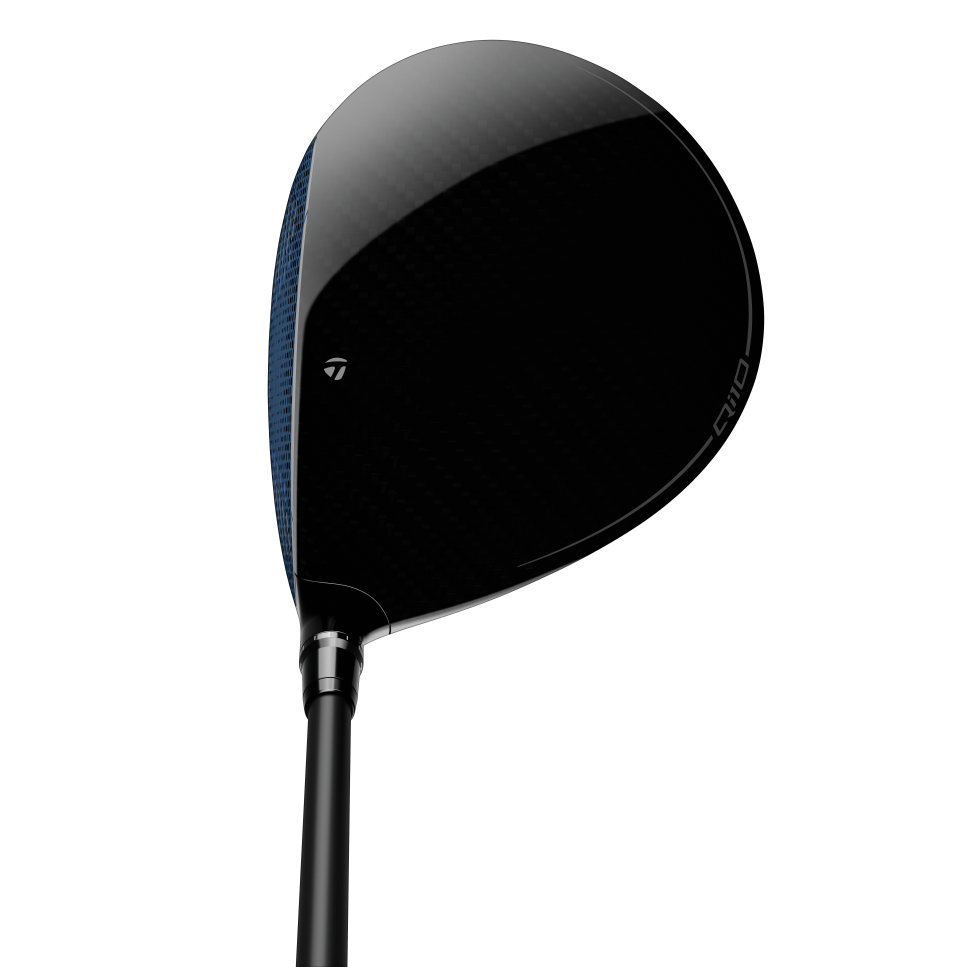
Qi10 LS
“What we’re trying to do now,” said TaylorMade’s Tomo Bystedt, senior director of product creation for woods, “is we’re trying to get our platform to be as flexible as possible. That way, if you free up the mass and you can have different head shapes, you can make the perfect driver for Rory McIlroy with 95 percent of the same stuff as the driver that’s going to work great for the average golfer. It will have the same face, the same construction and then you change the head shape, you change the CGs and then you get something that works best for both of them.”

Qi10
Bystedt makes the point that even elite players are changing in their idea of how much more forgiveness they want in their drivers. A player like McIlroy or Scottie Scheffler is using a driver now that’s more forgiving in terms of mishits both horizontally across the face and vertically, than some of the most forgiving drivers used by average golfers a decade ago.
That combined forgiveness lies at the heart of the Qi10 driver family’s mission. While the rules limit the moment of inertia measurement for stability heel to toe at 6,000 grams-centimetres squared (several hundred points higher than the most stable drivers currently on the market), there is no limit on the MOI in the vertical direction. TaylorMade’s new drivers have pushed that combined measurement or total MOI to significant new highs, including the new Qi10 Max which checks in at more than 10,000.
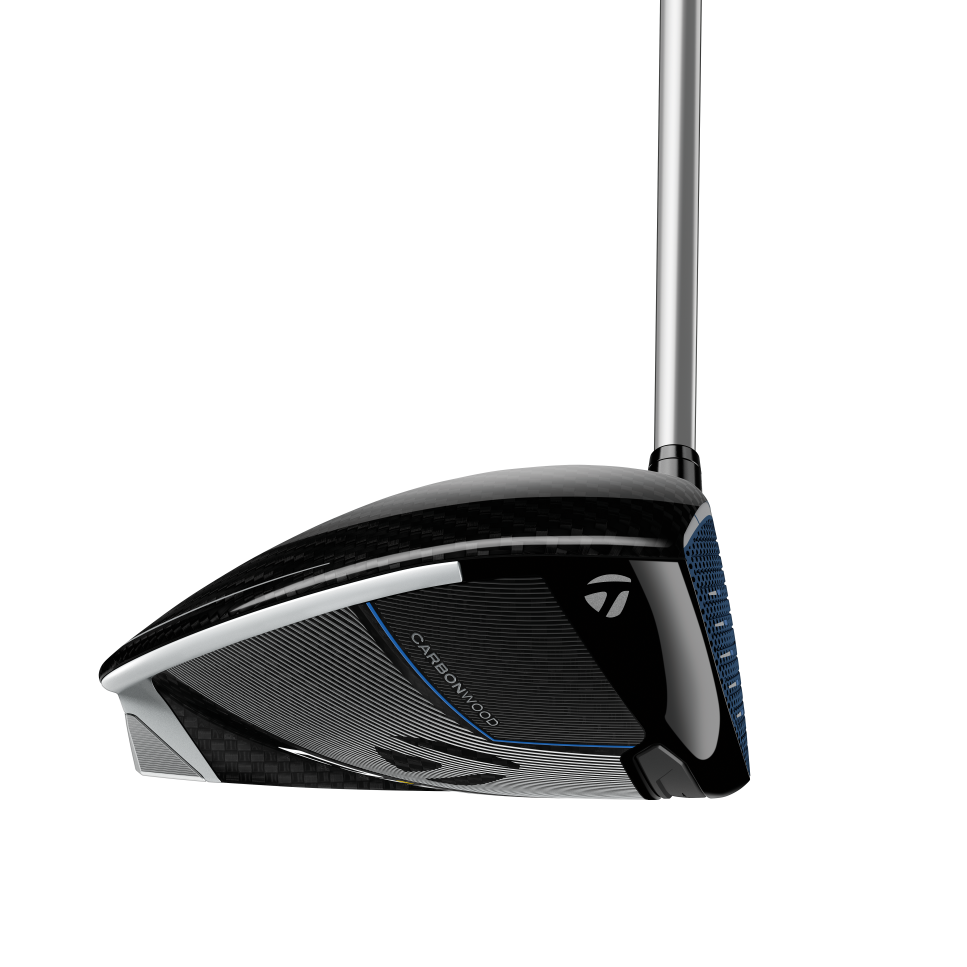
Qi10 Max
In simplest terms, as the combined MOI gets higher, there’s more impact energy delivered to the ball on an off-centre hit with more stable launch and spin conditions for a more consistently efficient ball flight. At the extreme, the Qi10 Max is close to 20 percent more stable, in terms of combined MOI, than TaylorMade’s most stable driver of just a year ago. Even the tour-preferred Qi10 LS and the standard Qi10 are more stable than their predecessors.
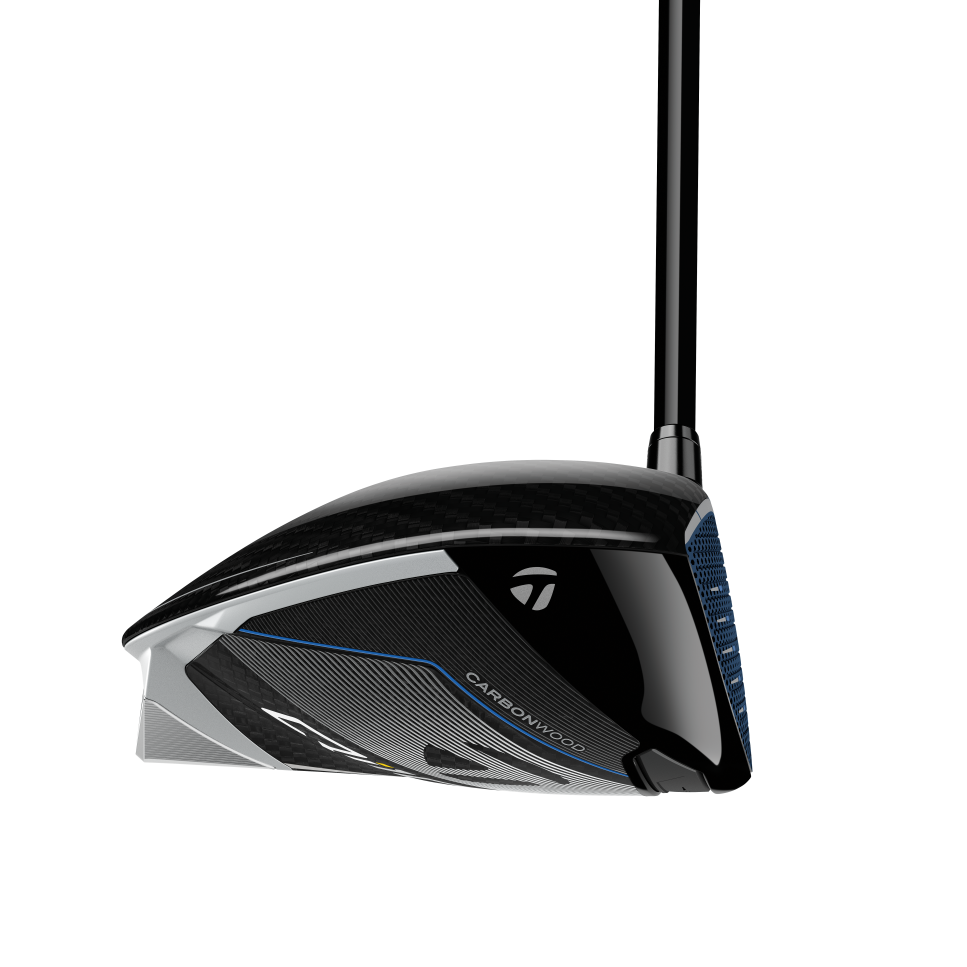
Qi10
But what’s most impressive is that while stability has improved, it hasn’t come at the expense of a low CG. For example, the CG on the Qi10 LS is significantly lower than last year’s Stealth 2 Plus, Bystedt said, and the Qi10 and Qi10 Max have CGs at or below their predecessors. The key not only is the mass saved by the carbon composite face, but an overall increase in the carbon composite used in the body. That’s most noticeable in the crown, whose area is now 97 percent carbon composite. Its new design allows the carbon composite to butt right up against the top of the face, what the company calls “infinity crown”. Along with the carbon composite in the sole and face, barely a third of the total mass of the head now is titanium, which means more mass selectively distributed to places where it produces both more forgiveness and lower spin.

Qi10 LS
2. Flexing on flex. Much attention has been paid to the carbon composite face itself, including a variable thickness pattern developed for last year’s Stealth 2 that features a thickened centre section surrounded by a thinner perimeter, much like the inverted cone shaping seen in TaylorMade’s previous titanium-faced drivers.
What’s different in this year’s approach isn’t so much the carbon composite face but the titanium structure that supports the face, particularly in the ledge around the channel in the front of the sole and its relationship to the face. In simple terms, the structure, or titanium collar, was stiffer in previous models. Now it’s made to flex in phase, or in a way that matches the flexing of the face insert itself.
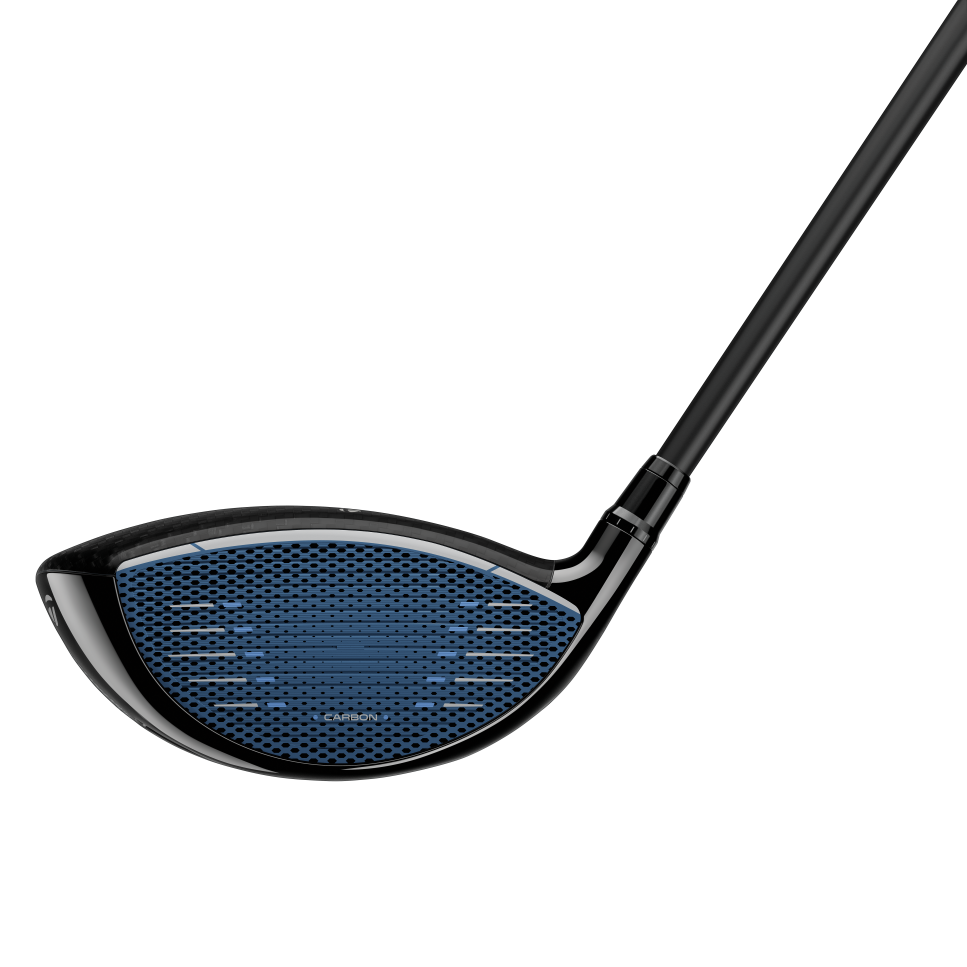
Qi10 LS
“Essentially, we’re making the face and ledge work as a system,” Bystedt said. “We’re reducing some of the stress around the edges and as a result improving flexibility. The goal here is better off-centre ball speeds because the more we can enhance off-centre, that’s where the real gains are.”
That last bit is fundamental across the entire Qi10 line of drivers: making misses, and more of them, better.
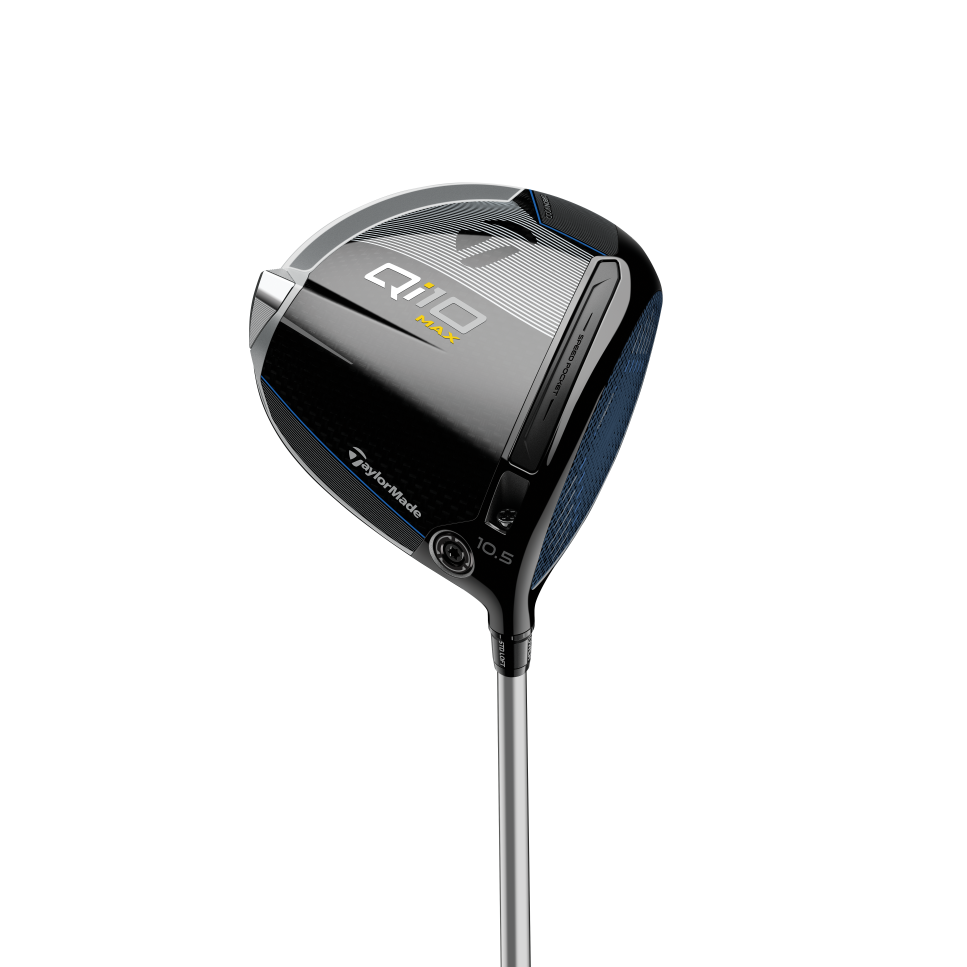
3. Model behaviour. Like in its previous carbon composite-faced drivers, the line-up features three models, but unlike in the past, there isn’t one specifically devoted to attacking the slice. Rather, while the Qi10 Max is the most forgiving with its combined MOI of over 10,000 grams-centimetres squared, it isn’t exclusively a hackers’ club. In fact, Collin Morikawa put it in play last week. The Max features a shallower head shape and extreme front-to-back depth and a 30-gram central rear weight. That said, the centre of gravity is still more towards the heel than on last year’s Stealth 2 HD because the swing weight tuning port is even more heelward than previously. A special low-torque shaft is the stock offering to help improve face closure
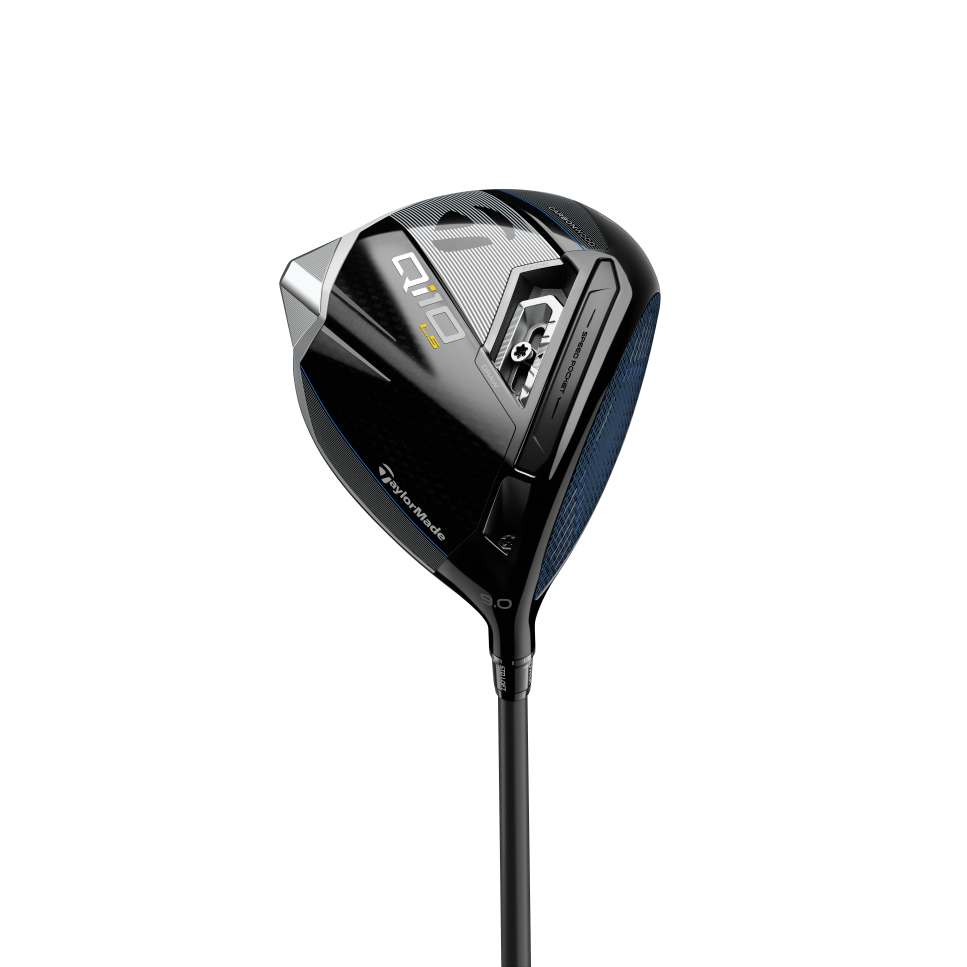
The Qi10 LS, more compact with a lower launch, features a moveable weight in the front part of the sole that borrows the “garage” sliding weight feature seen on last year’s Stealth 2 Plus titanium fairway woods. This lower-spin driver, most likely the model preferred on tour, uses an 18-gram weight and the track and improved sole shaping creates smoother aerodynamics. The “garage” structure positions the sliding weight lower and further forward than last year’s Stealth 2 Plus.
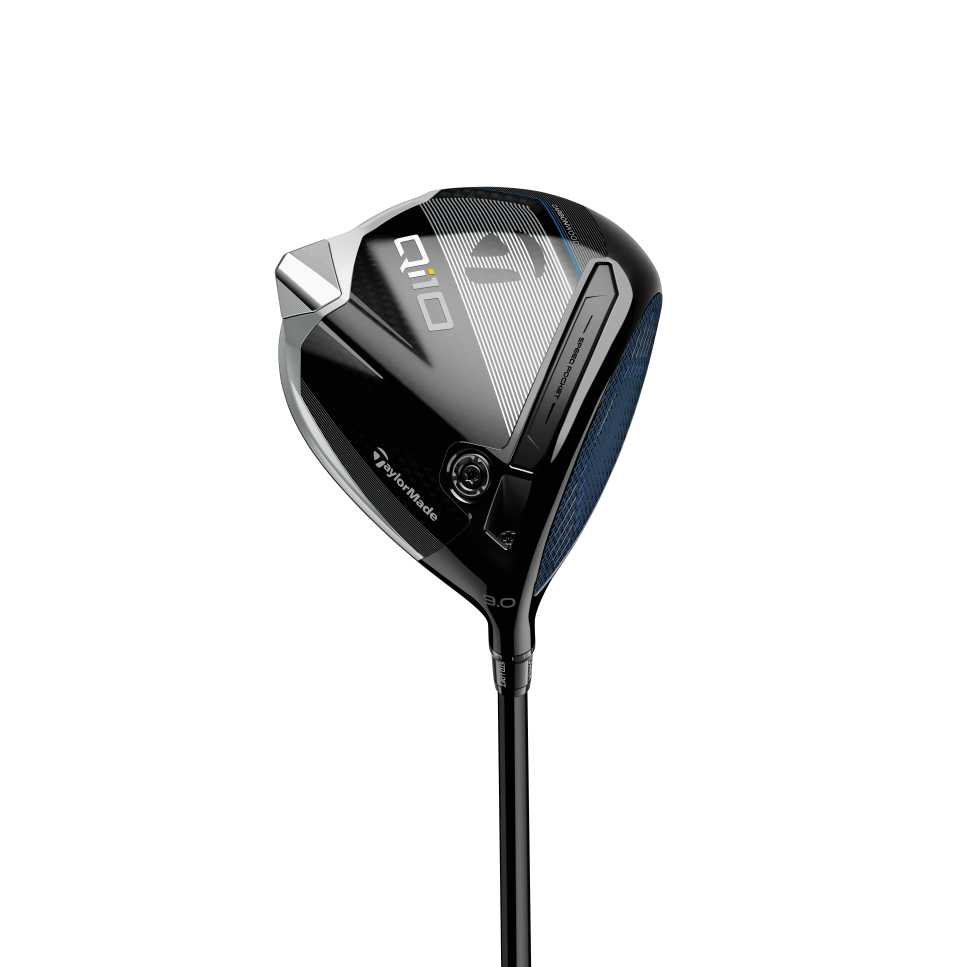
The standard Qi10 features an improved MOI and a lower centre of gravity, all while offering a larger address profile than in the past. Like all three models in the series, it features a sole channel (“speed pocket”) to improve the face flexing and an adjustable hosel that tweaks loft by plus/minus two degrees.




